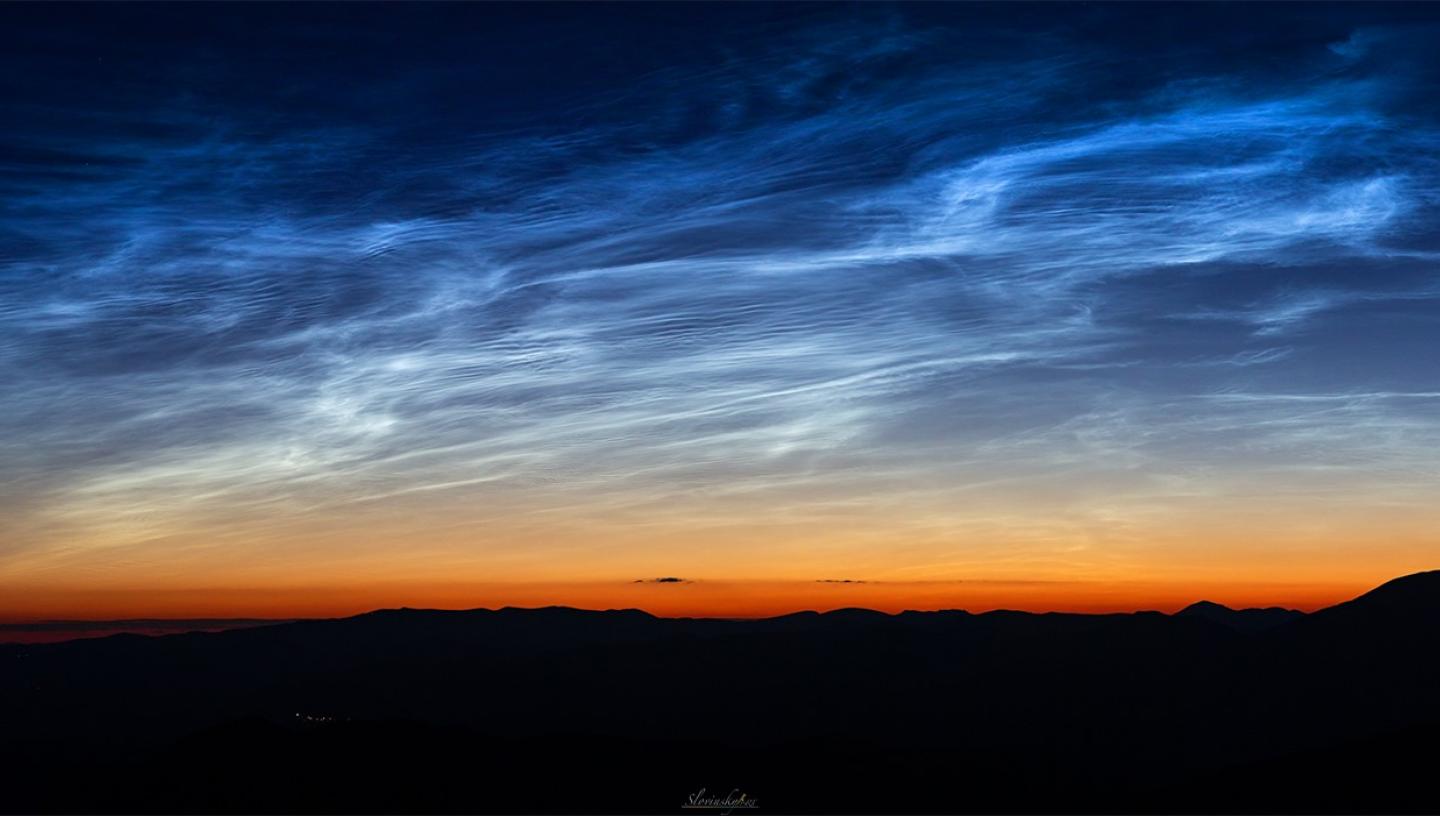
Discover what to see in the night sky in August 2020 including the Perseids meteor shower.
(Details given are for London and may vary for other parts of the UK)
Top 3 things to see in the night sky in August:
- 1 August: Spot the full moon lying beneath Jupiter.
- 11 - 13 August: Keep an eye out for meteors - it's the peak of the Perseids meteor shower.
- 19 August: Have a look at the double star Albireo.
Look Up! Podcast
Subscribe and listen to the Royal Observatory Greenwich's podcast - Look Up! As well as taking you through what to see in the night sky each month, Royal Observatory Greenwich astronomers pick a topic to talk about. For August, they're talking about the exploration of Mars and the fantastic new missions that are on their way to red planet. Have a listen below, then cast your vote on our Twitter poll (@ROGAstronomers) during the first week of the month.
Our podcast is available on iTunes and SoundCloud
Astronomy in August 2020: key events and what to see
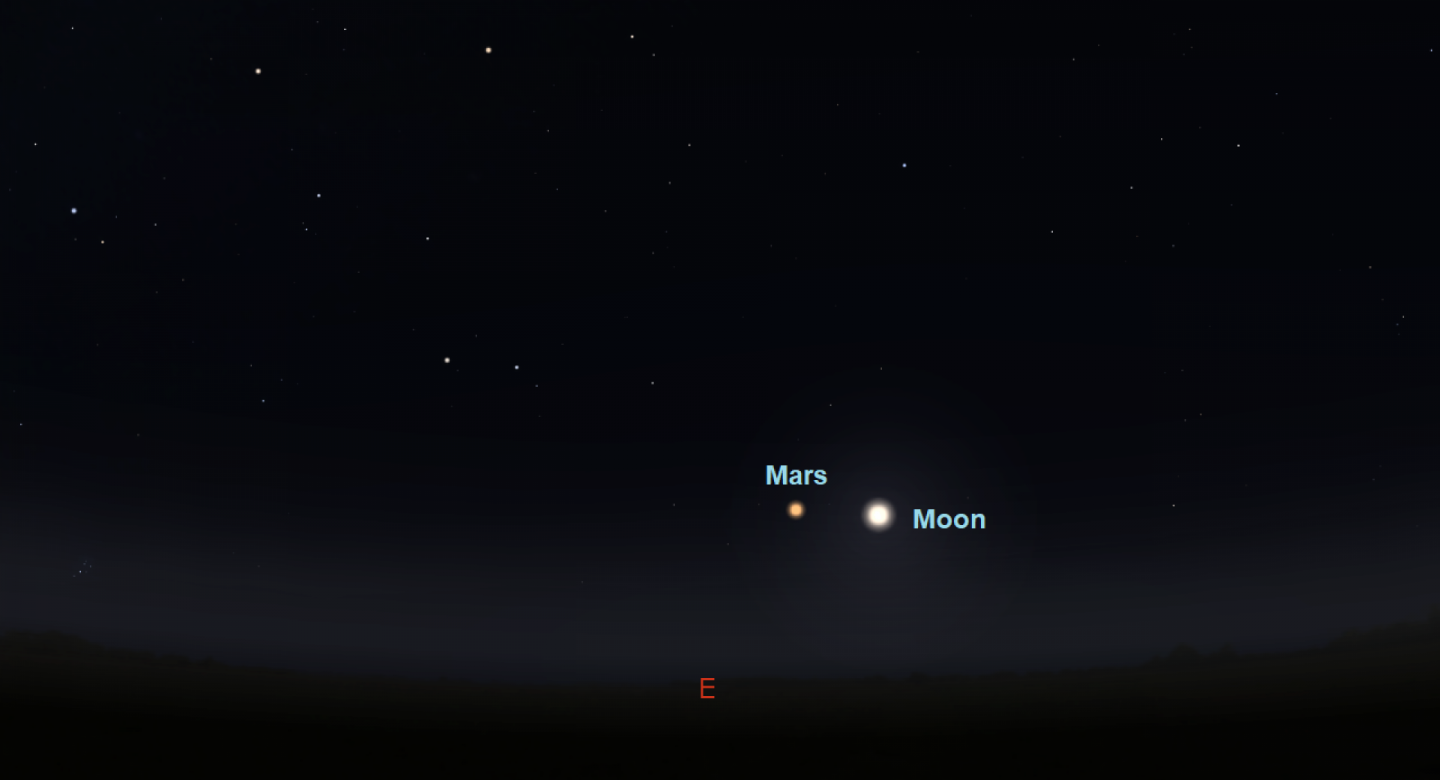
Throughout the month: The Moon
This month’s full moon occurs on the 3 August and is known as the Grain Moon or the Sturgeon Moon. The latter full moon name came from North American fishing tribes because of the great number of sturgeons, huge freshwater fish, that appeared, and could be caught, at this time. On the night of the 8 August, just before midnight, have a look towards the east and you’ll spot Mars lying to the left of the Moon, both lying low on the horizon. With the Moon approaching its last quarter phase, which it reaches on the 11 August, this is a great opportunity to spot craters lying along the terminator on the Moon.
If you’re up before sunrise on the 15 August, you’ll be able to see a thin waning crescent moon lying above the planet Venus.
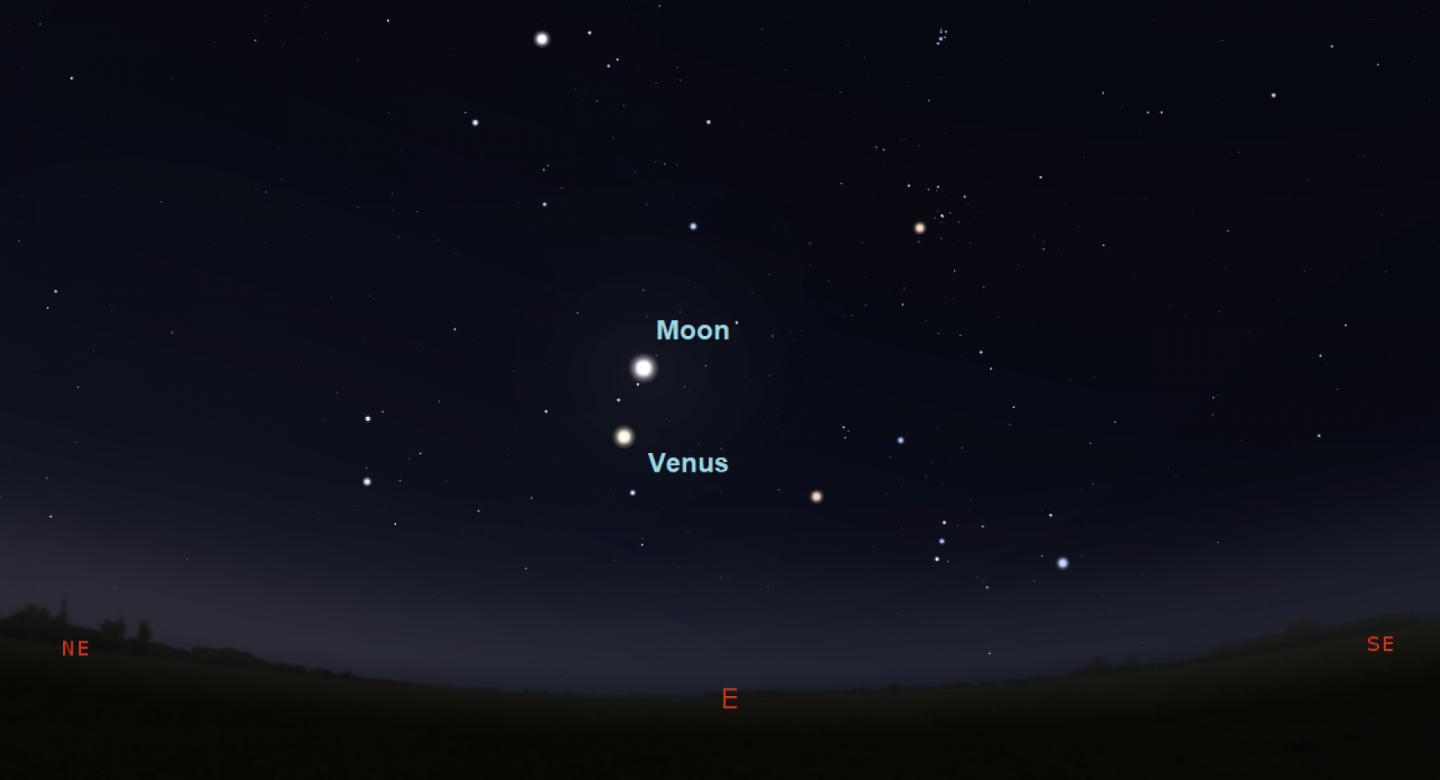
1 August: Jupiter in conjunction with the Moon
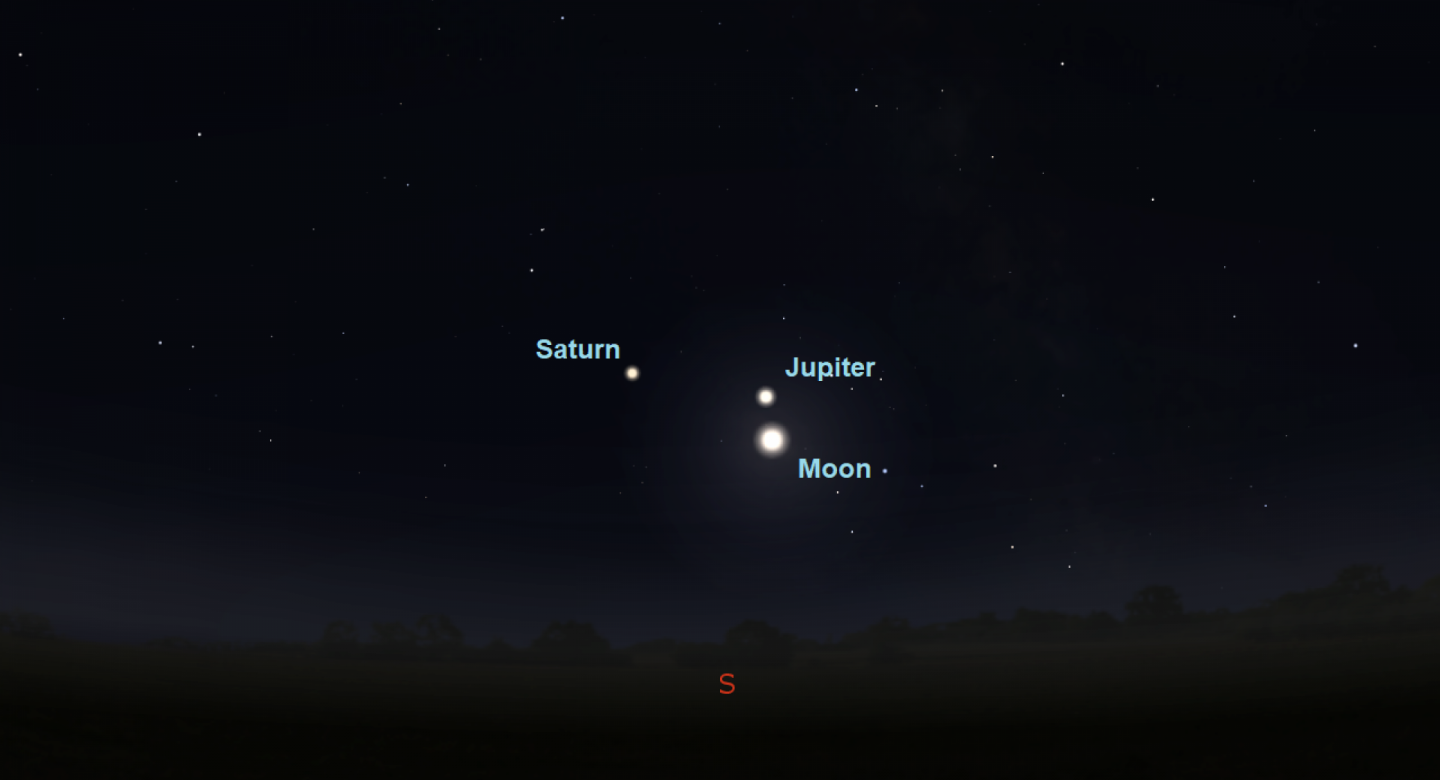
The brilliant display of the gas giants Saturn and Jupiter continues throughout August. Look towards the south after sunset and you’ll spot Jupiter shining brightly, with Saturn lying to its left. On the night of 1 August, you’ll spot an almost full Moon lying beneath Jupiter and if you wait until after midnight, you’ll see Jupiter in conjunction with the Moon. A conjunction is when two astronomical objects meet in the same part of the sky and will lie along the same ecliptic longitude (or share the same right ascension). If you have a pair of binoculars or a telescope, try to find the four largest moons of Jupiter – the Galilean moons Io, Europa, Ganymede and Callisto. If you repeat this observation over a couple nights, you’ll see the moons change position as they orbit Jupiter.
11 - 13 August: Peak of the Perseids meteor shower
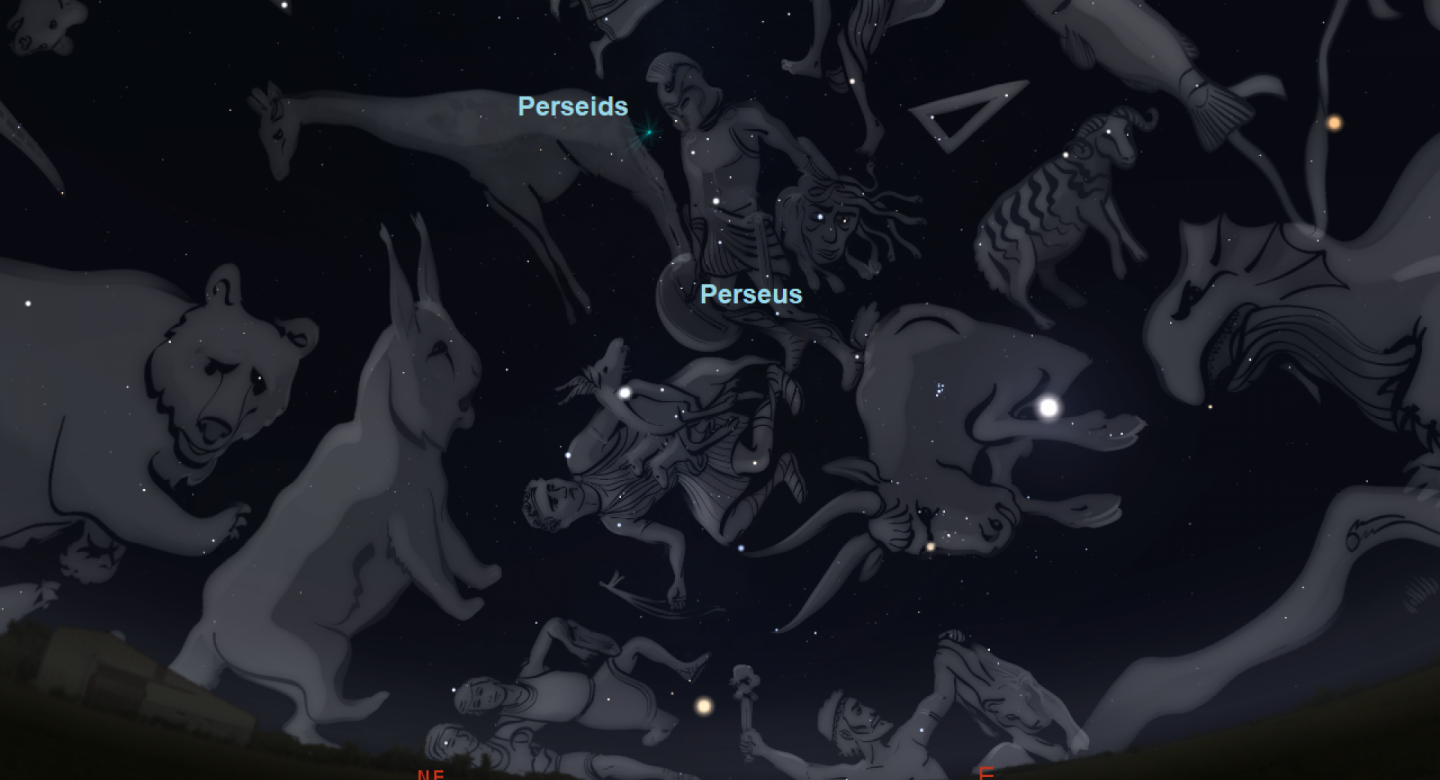
We’re keeping our fingers crossed for good weather on the nights of the 11 – 13 August to observe the peak of the annual Perseids meteor shower. Considered to be one of the best meteor showers to look out for, under perfect conditions you’ll be able to spot around 100 meteors per hour. Although the light from the last quarter moon may obscure some of the fainter meteors, the Perseids are known to be bright so you will still be able to spot some meteors. Debris from Comet Swift-Tuttle, which last reached its closest approach to the Sun in 1992, is responsible for producing the Perseids meteor shower. To maximise your chances of seeing meteors, head out to a dark sky location and wait until the early hours of the morning for the constellation of Perseus, the radiant of the meteor shower, to get higher up in the sky. After enjoying the meteor shower in the early hours of the 13 August, look towards the East before sunrise and you’ll spot Venus shining brightly. Venus reaches greatest Western elongation on the 13 August which means that the planet will appear at its furthest point west of the Sun in its orbit. If you have a telescope with you, aim it at Venus and see if you can spot what phase Venus is in.
19 August: The Ring Nebula and Albireo
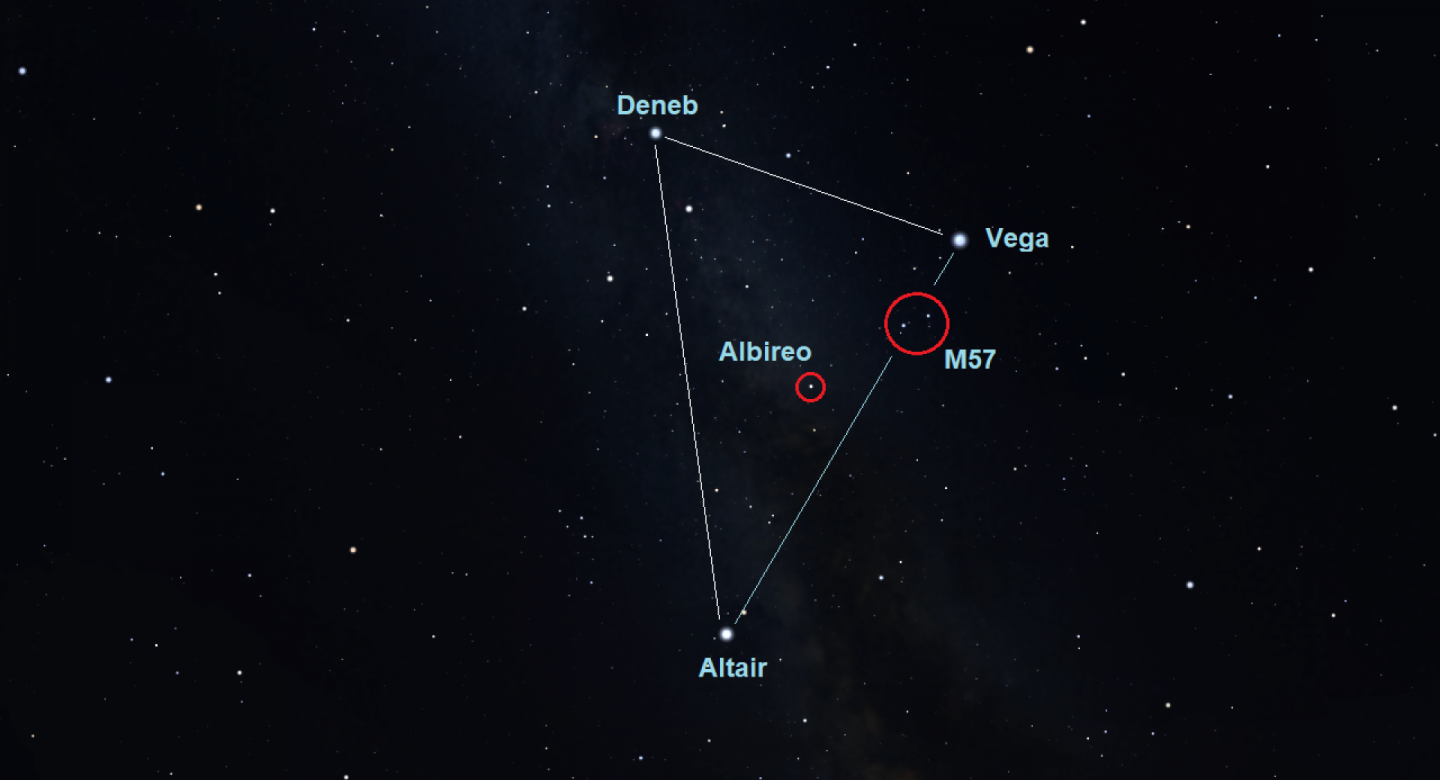
Take advantage of the new moon on the 19 August to have a look at some deep-sky objects. You’ll find some great targets inside the asterism known as the Summer Triangle. Formed by the stars Deneb, Vega and Altair, the Summer Triangle soars high in the sky this month – sitting in the south around midnight. Tucked just under Vega, you’ll find M57 – the Ring Nebula. Best viewed through a telescope, this fuzzy ring of material, around 2,300 light years from the Earth, is the result of the death of a low-mass star, in particular, a star with a mass similar to our Sun. Lying at the heart of the Summer Triangle is a star called Albireo. Through a pair of binoculars or a telescope, you’ll see that Albireo is in fact a double star, with one star a golden-yellow colour and the other an electric blue colour. The observed difference in colours is due to the different surface temperatures of the stars, with the blue star having a higher surface temperature compared to the golden-yellow coloured star.
The Moon's phases this month
- 3 August: full moon (4:59pm)
- 11 August: last quarter moon (5:45pm)
- 19 August: new moon (3:42am)
- 25 August: first quarter moon (6:58pm)
Stargazing Tips
- When looking at faint objects such as stars, nebulae, the Milky Way and other galaxies it is important to allow your eyes to adapt to the dark – so that you can achieve better night vision.
- Allow 15 minutes for your eyes to become sensitive in the dark and remember not to look at your mobile phone or any other bright device when stargazing.
- If you're using a star app on your phone, switch on the red night vision mode.
- Need a stargazing telescope or binoculars? Check out our range of high quality observing equipment recommended by Royal Observatory Greenwich astronomers.
Share your astronomy pictures
Congratulations to Tomáš Slovinský for the stunning image of the night sky. Tomáš shared the image on our astrophotography Facebook page and we chose it for August's banner image.
Would you like the chance to have your image of the night sky used for our banner image? If so, share your photos via our Royal Observatory Astrophotography Facebook group
You can also connect with us on Twitter: @ROGAstronomers
Subscribe to our brand new YouTube channel and join us on a journey through time and space as we explore our wonderful Universe.
Solar System Discovery - Online Planetarium Show
Join us for Solar System Discovery, a live online planetarium show presented by an astronomer from the Royal Observatory Greenwich. The Universe is a vast and intriguing place, and this show explores our own little corner of it: the Solar System. Starting from our home planet, the Earth, we’ll travel through our celestial neighbourhood, visiting objects like planets, moons and asteroids, and ending with a fly-out to view our galaxy, the Milky Way. Book your tickets here
Space Queries and Theories
Have you always wanted to know more about astronomy? Or do you have a child who is curious about space? Learn more about space during our Q&A sessions with a Royal Observatory astronomer! Book your tickets here
Observatory Online

In our new Observatory Online sessions, we will answer your questions about Astronomy. Simply tweet your question to our twitter account, @ROGAstronomers, and we will do our best to answer them. Be sure to add #ObservatoryOnline, #Museumfromhome and #sciencefromhome to your tweet!
Resources for teachers and students
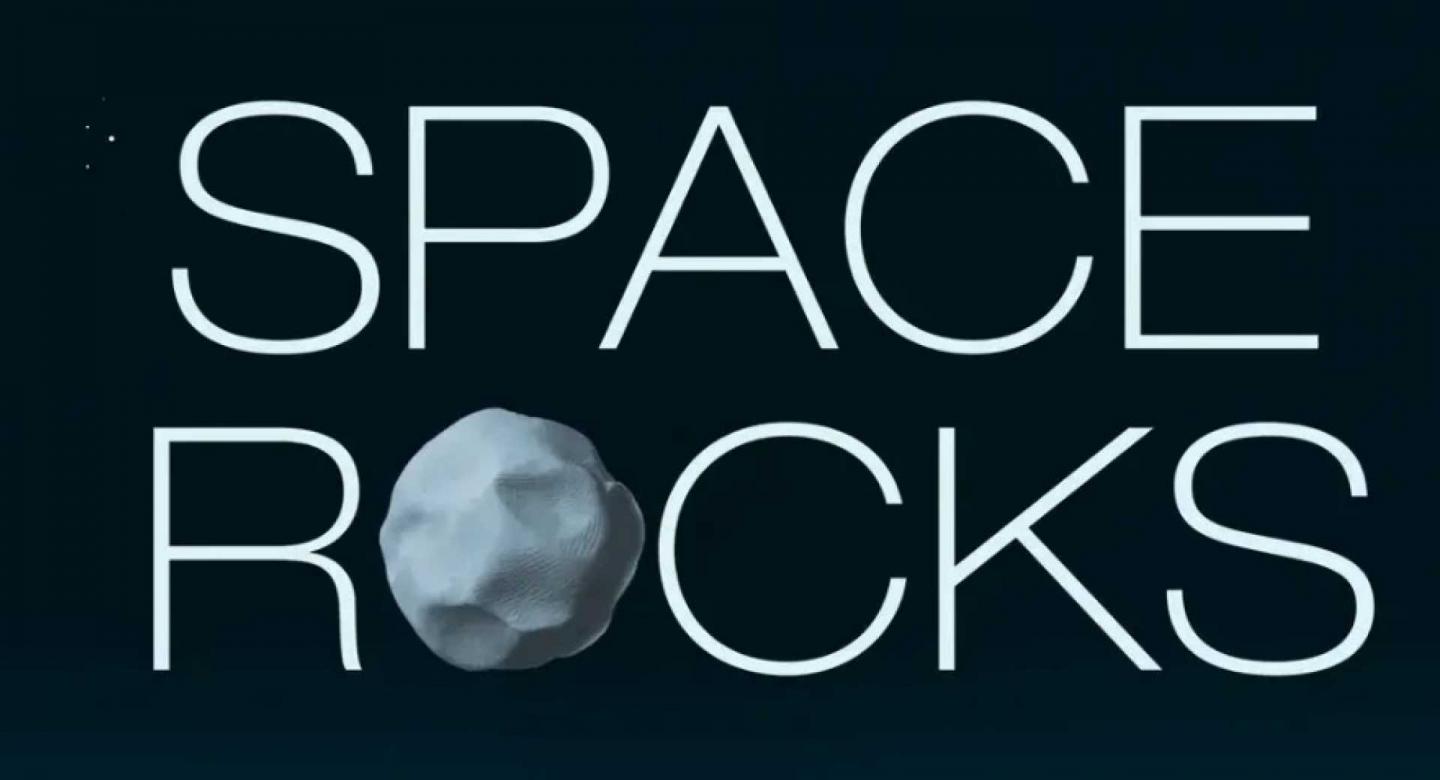
The Royal Observatory Greenwich's learning team has also created
- Free animated videos that answer the biggest questions in astronomy and free resources to go alongside them.
- A whole host of podcasts featuring interviews with real space scientists, astronauts and active researchers working in UK universities.
- A 'Learning at home' hub which contains a suite of resources for you to use at home and it even has an 'Ask the Astronomer' facility.


